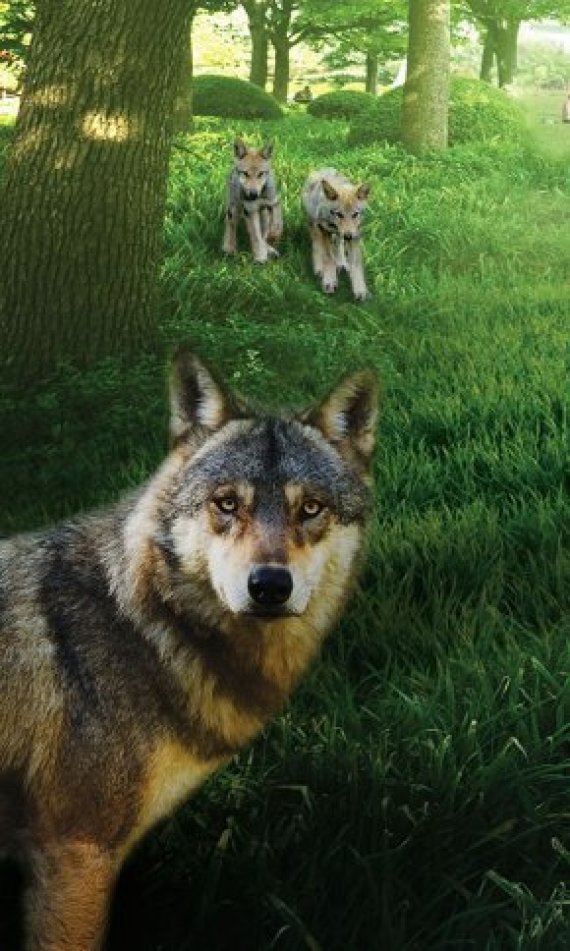In the Master’s course on Agent-based modelling of complex adaptive systems, the two students set their sights on the wolf. A nice choice, says Professor of Artificial Sociality Gert-Jan Hofstede. ‘Complex systems are not chaotic, but they are not linear either. Depending on the circumstances, small changes in such systems can have far-reaching consequences.’ The arrival of the wolf in the Netherlands is one such system, says Hofstede.
The students used the model Netlogo to simulate the wolf’s colonization. The model is based on the habitat map made by the Wolves in the Netherlands foundation, showing the areas of the country that are suitable for wolves. A set of parameters based on the behaviour of the wolf and the degree of human intervention literally creates a picture of the progress of that colonization.
According to the computer model, there will never be more than about 65 wolves living in the Netherlands. This matches earlier estimates by Wolves in the Netherlands and a study by Wageningen ecologists. What is remarkable is the finding that management by culling would have little impact on the wolf population. ‘Shooting them in the Netherlands only wouldn’t help,’ says Hofstede. ‘They’ll just keep on coming in from Germany. What’s worse, if you start shooting wolves, they’ll start roaming further afield and be more likely to attack sheep.’ Hofstede wants to work with Wolves in the Netherlands to expand the model and make it a useful instrument for policy support.

 Photo: Geert-Jan Bruins
Photo: Geert-Jan Bruins